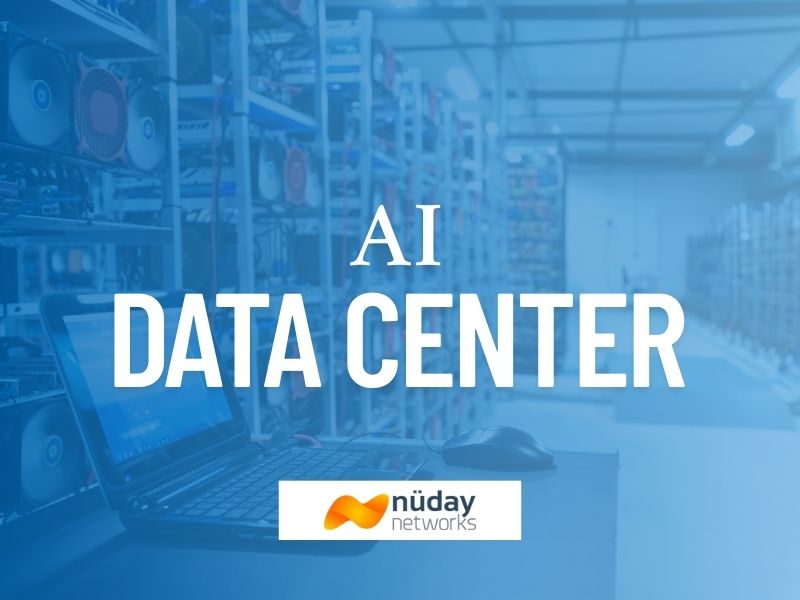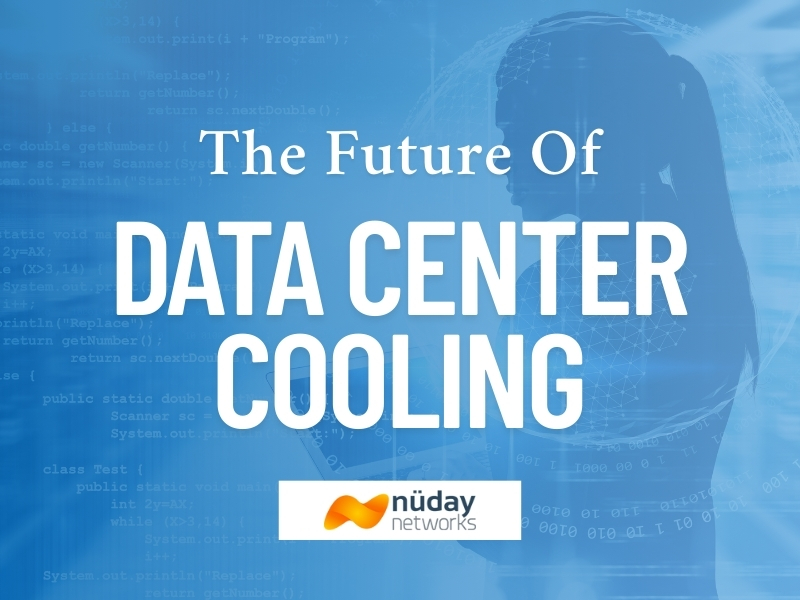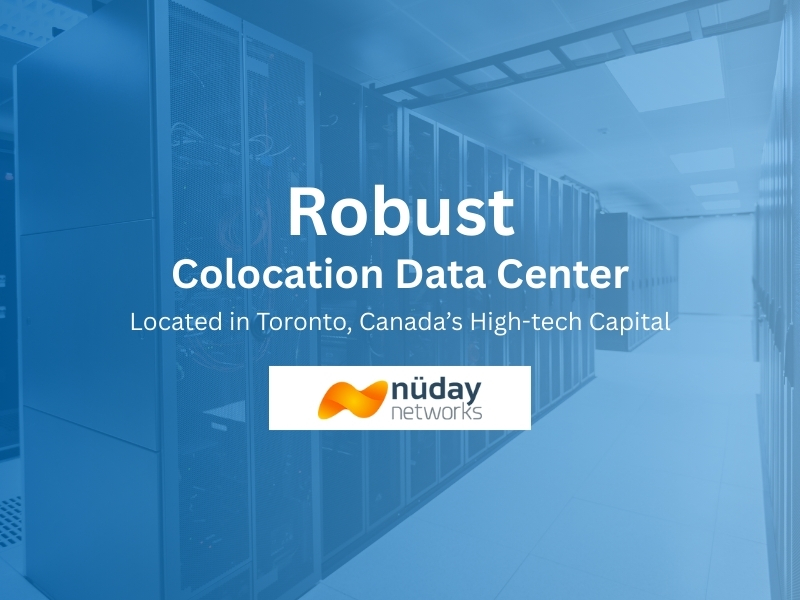
Artificial intelligence (AI) has transformed the way data centers operate, pushing computing power to unprecedented levels. However, this surge in computational demand has also created significant challenges in cooling efficiency. The U.S. Department of Energy’s Advanced Research Projects Agency – Energy (ARPA-E) has been spearheading the COOLERCHIPS initiative to revolutionize data center cooling. But how close are we to achieving this breakthrough?
At the 2025 ARPA-E Energy Innovation Summit in Washington, D.C., industry leaders gathered to explore cutting-edge energy solutions. Peter de Bock, ARPA-E program director, provided an update on the progress of COOLERCHIPS and the latest breakthroughs in data center cooling.
Major Advances in Energy-Efficient Cooling
COOLERCHIPS aims to cut total cooling energy consumption to less than 5% of a data center’s IT load. After more than a year of research and development, the initiative has already demonstrated impressive results. Several teams have successfully reduced cooling energy usage to under 5% for racks exceeding 120 kW, even in extreme environments like Phoenix, AZ (40°C). This marks a 90% reduction compared to traditional cooling methods, ensuring that over 95% of the energy goes directly to computing power.
To accelerate progress, ARPA-E is shifting funding to the most promising teams, allowing them to scale up their innovations by constructing partial racks for further testing.
Build a Faster, More Reliable Network with Nuday
Seamless connectivity, low-cost cross-connects, and top-tier carriers.Breakthroughs in Cooling Technology
The COOLERCHIPS initiative has fostered significant innovation, leading to the emergence of new startups such as Novolinc, ThermalPixels, and Chipadd. Additionally, Jetcool was acquired by Flex, and other participating companies have secured substantial funding.
Among the standout achievements at the ARPA-E event was a modular data center showcased by Flexnode, while Omnicool—a collaboration between NVIDIA, Vertiv, Boyd, Binghamton University, and Villanova—won the COOLERCHIPS 2025 showcase trophy for its impressive two-phase cooling demonstration. Intel has also been developing new cooling concepts to support high-power 5 kW chipsets.

Roadmap for Proof-of-Concept Prototypes
The Future of High-Density Data Center Cooling
With AI-driven workloads requiring higher computing densities—often exceeding 80 kW/m3—cooling solutions must evolve rapidly. The success of COOLERCHIPS hinges not only on the efficiency of cooling techniques such as single-phase, two-phase, immersion, and direct-to-chip cooling but also on system reliability, engineering, and overall cost-effectiveness.
Cooling is just one part of the equation. While chips get most of the attention, they only represent 1% of the entire data center ecosystem. The hardware surrounding these chips presents further opportunities for technological advancement and leadership in the global market.
Build a Faster, More Reliable Network with Nuday
Seamless connectivity, low-cost cross-connects, and top-tier carriers.Total Cost of Ownership (TCO) and Reliability Considerations
Cost-effectiveness remains a major focus of COOLERCHIPS. Every quarter, participating teams assess their total cost of ownership (TCO) and internal rate of return (IRR). Even if a cooling component is slightly more expensive, the ability to enhance the performance of a $10,000 chip or optimize energy use within existing grid limitations presents a compelling business case.
Additionally, reducing the temperature gap between chips and data center cooling supply lines is crucial. Traditionally, chips operate at around 70°C while buildings maintain 30°C, creating a 40°C differential due to inefficient heat transfer. With COOLERCHIPS technology, this gap could be reduced to just 10°C, allowing operators to choose between increased chip efficiency (by running at 40°C) or greater overall cooling efficiency (by running the data center at 60°C for near-free heat rejection).
Reinventing Backup Power for AI Data Centers
AI data centers have vastly different power requirements compared to traditional facilities. Training and inferencing models require thousands—sometimes millions—of interconnected cores, making reliability a critical concern. A single core failure can disrupt an entire computational model.
While current uninterruptible power supply (UPS) systems provide short-term energy backup, diesel generators offer long-term reliability but require extensive infrastructure. ARPA-E is exploring alternative solutions such as electrochemical storage, which provides low-voltage DC power closer to the chip, eliminating the need for multiple transformers and converters. This approach could significantly enhance power reliability at the gigawatt scale.

The Path Forward: Carbon-Negative Data Centers?
What to Expect at Data Center World 2025
At the upcoming Data Center World 2025 event in April, Peter de Bock will provide further insights into COOLERCHIPS advancements. The session will feature presentations from industry giants such as NVIDIA, Intel, and the collaborative team from Seguente, Purdue, and Binghamton, offering a glimpse into the future of AI data center cooling.
As AI computing continues to expand, innovative cooling solutions will be key to maintaining efficiency, reliability, and sustainability. The COOLERCHIPS initiative is positioning the U.S. as a leader in next-generation data center infrastructure, ensuring that AI reaches its full potential without being constrained by energy consumption challenges.
About Nuday Data Center
Nuday is a premier colocation data center in the Greater Toronto Area, offering businesses secure, scalable, and high-performance infrastructure solutions. Designed for reliability and efficiency, Nuday provides state-of-the-art facilities, redundant power, advanced cooling, and ultra-low latency connectivity. With 24/7 monitoring and top-tier security, Nuday ensures seamless operations for enterprises looking to optimize their IT infrastructure with a trusted colocation data center partner.

